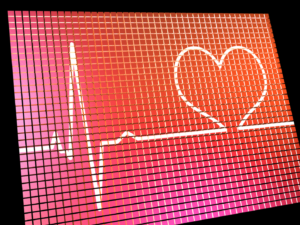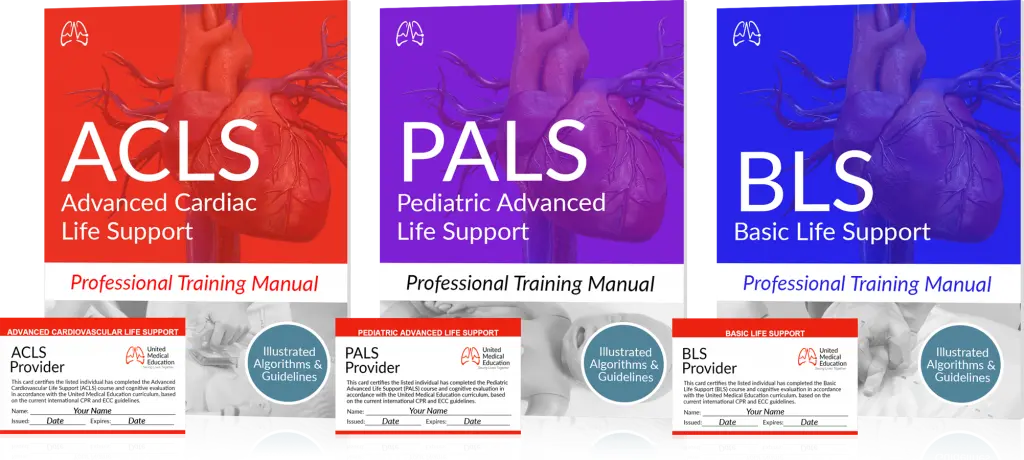Heart disease is a term that refers to different types of heart conditions such as heart attack and coronary artery disease. Some may perceive heart disease as a common condition for men. However, it should be pointed out that the number of people who die from heart disease each year in the United States is almost equal for both men and women.
As per a recent study that was published in 2016, from the 5.1 million heart failure cases, 47.1% were women and 52.9% were men.
According to statistics in 2017, heart disease is the number one cause of death for women in America, claiming 299,578 lives in that year alone. That would be about 1 in every 5 female fatalities.
The number of deaths for both sexes may seem similar but it is essential to understand the differences in heart disease between men and women.
Heart Disease Differences in Men and Women
Heart disease can develop in different ways across both sexes. Below are the six major differences.
1. Different Heart Disease Risk Factors
The reproductive history of a woman may play a risk factor in developing heart disease. There are certain diseases that commonly appear during the stages of pregnancy. Such examples are gestational diabetes and preeclampsia. These may serve as essential predictors of heart disease risk in the future.
According to a Brigham Health study conducted in 2016, women at 40 years of age or younger with endometriosis have three times the likelier chance to develop a heart attack, require treatment for blocked arteries, or chest pain compared to women in the same age group that do not have endometriosis.
The study has shown that it is critical for women with preeclampsia, gestational diabetes, or endometriosis to observe a healthy lifestyle that would be especially beneficial for the heart.
Obviously, men are safer from these risk factors and this puts women at a huge disadvantage. It would be best that husbands who have pregnant wives to be aware of the signs and symptoms and the potential risk factors of heart disease in women.
2. Difference in Areas of Cholesterol Buildup
The building up of cholesterol plaque in the walls of the arteries usually causes a heart attack. This leads to major blood vessels damage.
Women have higher chances to develop buildup in the microvasculature or the smallest blood vessels in the heart. On the other hand, the largest arteries supplying blood to the heart are the most likely to have plaque buildup in men.
3. Biological Differences
There are distinct differences in physiology and anatomy between men and women. In terms of cardiovascular systems, women have narrower blood vessels and smaller hearts compared to men.
According to Dr. Michelle O’Donoghue of Brigham Health, the biological differences between men and women can affect the progress of heart disease differently. Dr. O’Donoghue has been a senior investigator for the TIMI Study Group and has been leading clinical trials that specifically examine differences in heart disease between the two sexes.
4. Different Heart Attack Symptoms
Heart attacks may not always feel or look the same when you compare them in both genders.
Men usually inform healthcare providers of the presence of chest pressure. This chest pressure is also experienced by women. However, women are more likely to also experience sweating, nausea, vomiting, and pain in different parts of the body such as the neck, abdomen, back, throat, or jaw.
Neck, Jaw, or Back Pain
Men typically experience left arm pain while women may experience pain in both arms. It is essential to look out for pain that starts from the chest and eventually affects the back. This pain may suddenly occur and can wake a person up immediately. It is essential to note of the pain in the jaw’s lower left portion as a symptom as well.
Sweating or Shortness of Breath
These symptoms usually occur without any exertion. It is typical for these symptoms to be felt together with fatigue or chest pain. Look out for shortness of breath worsening while lying down and getting relieved when sitting up.
Dramatic or New Fatigue
Getting unusually tired from simple activities such as making the bed may be a symptom that needs to be looked out for. Being worn out after a typical exercise routine and feeling tired without exerting so much effort should also be warning signs.
5. Difference in Diagnostic Care Requirements
A woman presenting herself to a healthcare provider because of heart attack symptoms may receive varying diagnostic care compared to a man. One example is upon suspicion of a heart attack, men and women both receive a cardiac troponin test. The cTn test measures troponin’s circulating levels in the body. This specific protein gets released upon damage from a heart attack and affects the heart muscle. The severity of the heart damage may be assessed from the high troponin levels. However, the clinical threshold may vary across the two sexes.
Cardiac catheterization is another diagnostic test for determining a heart attack. This test has been the gold standard for diagnosis ever since. It checks blockages in the large arteries. The problem is that women tend to have a higher chance of developing plaque buildup in small arteries and this test would seem only advantageous for men. Women may request other types of testing aside from cardiac catheterization. Other tests may be a cardiac MRI or intracoronary imaging.
6. Difference in Heart Disease Treatments
Experience in treating the usual cholesterol plaque buildup found in the heart’s largest blood vessels is common in medical providers today but there is still a lack of understanding on treating plaque buildup in the microvasculature or heart inflammation.
With this fact, more clinicians are taking a different approach to the treatment of heart disease in women and looking for better treatment options that are not similarly used in men. Thus, further clinical trials will help in providing a better understanding of differences in the treatment of men and women.
Other Essential Facts About Heart Disease
Average Age of Heart Attack in Men and Women
Generally, women are older when they experience their first-ever heart attack. According to years of data, men are at a higher risk of a heart attack earlier in life compared to women. Estrogen plays a huge role in this as it offers protection for women until after menopause. The protection gets reduced as the levels of estrogen drop. The average age for women to have a heart attack is 70 and 66 in men. This is one aspect that women may be at an advantage but always take note that each case may vary per person.
Harder on Women than Men
Men tend to do better than women after experiencing a heart attack. Women usually need longer care and are more likely to pass away at the hospital compared to men. This may be from more untreated risk factors like high blood pressure or diabetes.
Must-Do Things to Lower Risk of Heart Disease
Heart disease can be avoided. Never giving up is essential even if this condition is common in the family. It is crucial to perform the necessary lifestyle changes to prevent cardiovascular disease or from making it worse. Acting right now is key in helping lower the chance of a heart attack.
Stop or Avoid Smoking
Either men and women should avoid smoking. First-hand or even second-hand smoke should be avoided as this increases the risk.
Exercise Regularly
Exercise is often neglected as a key factor to improve health conditions. A healthy heart or cardiovascular system requires a body that experiences regular exercise. At a minimum, walking 30 minutes per day could help this cause.
Eat the Right Foods
Eating whole grains, fish, fruits, and vegetables can help fight against heart disease. Avoid high-cholesterol food to fight potential blockage in the arteries.
Maintain Normal Vital Levels
Avoid being obese and maintain the right weight for the body. Having normal levels of blood lipid, blood sugar, and blood pressure also helps in preventing heart disease as the body is functioning as it should be in its most optimal condition.
Be Informed and Be Aware
Every person regardless of gender or medical history should visit the doctor routinely. If symptoms occur, immediate consultation with a doctor is a must. Never delay any checkup or emergency care that is required. As mentioned earlier, heart disease is the top cause of death worldwide and it offers a huge threat for either men and women, especially those getting up in age.
Standing a better chance against the risks of heart disease requires immediate action. If a lifestyle change is necessary, do it now. Never wait until it’s too late. Get your heart in optimal condition by eating the right foods, exercising regularly, and just outright being responsible for your health. The heart serves a huge purpose and taking care of it at an early age should yield rewards later in life.






